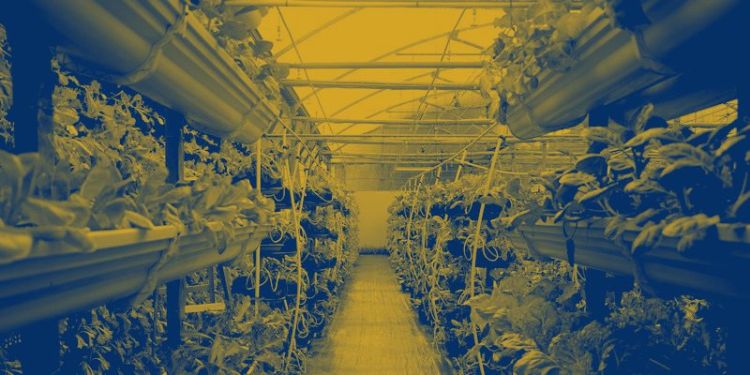COP27 Blog: How improving food movements can help save the planet

By Eleonora Morganti, University Academic Fellow, Global Food and Environment Institute
Food movements, highly dependent on fossil fuels, represent a big source greenhouse gas emissions. A recent study on global food miles (Li et al. 2022) estimate that food transport accounts for about 19% of total food-system emissions (stemming from transport, production and land-use change). These results provide emissions figures up to 7.5 higher than previous studies.
Trucks, lorries and vans are the most common way to move food within a country, although road transport features a much higher emission intensity per tkm than shipping, mainly used for international food movements. At domestic scale, perishable foods need to be transported in refrigerated commercial vehicles, stored in refrigerated warehouses, and displayed in refrigerated cases. The environmental costs associated with fresh foods should affect in a more clear way the availability of fruit and vegetables, meat, dairy products, etc. in stores and ultimately the food choice for the consumers.
A recent study on global food miles estimate that food transport accounts for about 19% of total food-system emissions stemming from transport, production and land-use change
What do we know about these environmental costs associated with refrigerated vans, for example?
In 2021, Yang et al. for the first time developed an estimation of real-world CO2 and NOX emission factors for refrigerated vans, and assessed that vans with Transport Refrigerated Units generate ≈15% more CO2 emissions and ≈18% more NOX emissions than standard vans.
If we look closer at fruit and vegetables, their global freight transport contributes to more than a third of food-miles emissions—almost twice the amount of greenhouse gases released during their production (Li et al. 2022).
If I could change one thing to save the planet I would focus on how food moves around and how we can replace trucks with barges, trains and non-diesel vehicles. At national level, much can be done to change the mode of transport, to reduce the amount of food shipped around and to encourage more local and regional supply chains, from production to consumption.
Eleonora Morganti, is a University Academic Fellow, Global Food and Environment Institute, Istitute of Transport Studies,
References
Li, M., Jia, N., Lenzen, M. et al. Global food-miles account for nearly 20% of total food-systems emissions. Nat Food 3, 445–453 (2022).
Yang Z, Tate J, Morganti E, Sheperd S (2020) Real-World CO2 and NOX Emissions from Refrigerated vans. Science of the Total Environment 763, 142974




